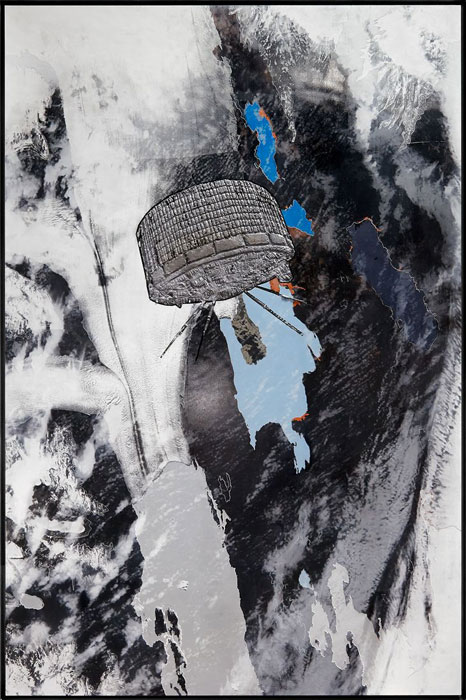
Imagine Steffen Mau, a macrosociologist (he plays with numbers) at Humboldt University of Berlin, writing a book about information technology’s invasion of the social space. The very tools he uses are constantly interrupting him. His bibliographic software wants him to assign a star rating to every PDF he downloads. A paper-sharing site exhorts him repeatedly to improve his citation score (rather than his knowledge). In a manner that would be funny, were his underlying point not so serious, Mau records how his tools keep getting in the way of his job.
Why does Mau use these tools at all? Is he too good for a typewriter? Of course he is: the whole history of civilisation is the story of us getting as much information as possible out of our heads and onto other media. It’s why, nigh-on 5000 years ago, the Sumerians dreamt up the abacus. Thinking is expensive. How much easier to stop thinking, and rely on data records instead!
The Metric Society, is not a story of errors made, or of wrong paths taken. This is a story, superbly reduced to the chill essentials of an executive summary, of how human society is getting exactly what it’s always been asking for. The last couple of years have seen more than 100 US cities pledge to use evidence and data to improve their decision-making. In the UK, “What Works Centres”, first conceived in the 1990s, are now responsible for billions in funding. The acronyms grow more bellicose, the more obscure they become. In the UK, the Alliance for Useful Evidence (with funding from ESRC, Big Lottery and Nesta) champions the use of evidence in social policy and practice.
Mau describes the emergence of a society trapped in “data-driven perpetual stock-taking”, in which the new Juggernaut of auditability lays waste to creativity, production, and even simple efficiency. “The magic attraction of numbers and comparisons is simply irresistible,” Mau writes.
It’s understandable. Our first great system of digital abstraction, money, enabled a more efficient and less locally bound exchange of good and services, and introduced a certain level of rational competition into the world of work.
But look where money has led us! Capital is not the point here. Neither is capitalism. The point is our relationship with information. Amazon’s algorithms are sucking all the localism out of the retail system, to the point where whole high streets have vanished — and entire communities with them. Amazon is in part powered by the fatuous metricisation of social variety through systems of scores, rankings, likes, stars and grades, which are (not coincidentally) the methods by which social media structures — from clownish Twitter to China’s Orwellian Social Credit System — turn qualitative differences into quantitative inequalities.
Mau leaves us thoroughly in the lurch. He’s a diagnostician, not a snake-oil salesman, and his bedside manner is distinctly chilly. Dazzled by data, which have relieved us of the need to dream and imagine, we fight for space on the foothills of known territory. The peaks our imaginations might have trod — as a society, and as a species — tower above us, ignored.

